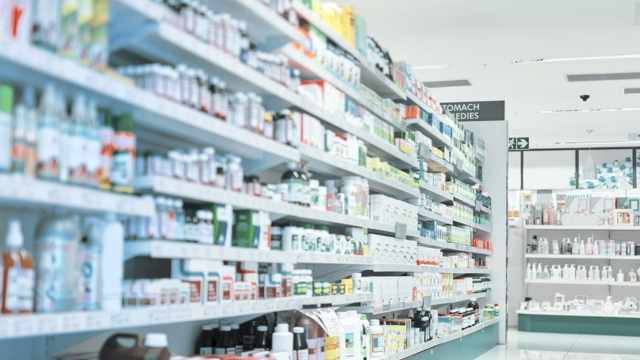26 Aug 2025: India, one of the world’s largest producers and exporters of pharmaceuticals, is facing increasing scrutiny over its drug safety ecosystem, with experts warning of critical gaps in regulation, monitoring, and enforcement.
Despite the country’s reputation as the “pharmacy of the world,” recent incidents of contaminated cough syrups and substandard medicines linked to fatalities abroad have raised alarm about the robustness of India’s drug safety framework. Analysts say that while India has the capacity to produce high-quality medicines at scale, the existing system is fragmented, overly complex, and plagued by regulatory loopholes.
A Patchwork of Oversight
Drug regulation in India is overseen by the Central Drugs Standard Control Organisation (CDSCO) and multiple state-level authorities. However, this dual-layer system often leads to overlapping jurisdictions and inconsistent enforcement. State regulators vary in their resources, expertise, and infrastructure, resulting in uneven monitoring across regions.
Pharmaceutical industry observers note that while India has strong manufacturing hubs in states like Gujarat and Maharashtra, smaller states frequently lack testing laboratories and qualified inspectors. This creates an environment where compliance gaps can go unchecked, potentially endangering public health.
Recent Safety Concerns
Over the past two years, reports of Indian-manufactured syrups allegedly linked to child deaths in Gambia, Uzbekistan, and Cameroon have intensified global pressure on India’s pharmaceutical sector. Although investigations are ongoing, these cases have highlighted the need for more stringent quality assurance and supply-chain vigilance.
Public health experts also point to inadequate pharmacovigilance — the system for detecting, assessing, and preventing adverse drug reactions. India’s reporting rate remains far below global standards, making it harder to track harmful side effects and take corrective measures in time.
Calls for Reform
Health policy analysts recommend several urgent remedies:
- Strengthening the CDSCO’s autonomy to enforce uniform drug safety standards nationwide.
- Enhancing laboratory infrastructure with modern testing facilities across all states.
- Expanding workforce capacity, including more inspectors and trained pharmacovigilance officers.
- Digital tracking systems for supply chains, ensuring medicines can be traced from manufacturing to retail.
- Harsher penalties for violators, to deter non-compliance.
Dr. Ramesh Arora, a senior health systems researcher, stated: “India has the talent and technology to lead global drug safety. But reforms must address systemic weaknesses to ensure patient trust, both at home and abroad.”
International Ramifications
With over 200 countries relying on Indian drug exports, lapses in safety not only risk lives but also damage India’s standing in global health markets. Regulatory authorities in the EU, U.S., and Africa are now watching India’s compliance levels closely, with some countries tightening their import checks.
The Road Ahead
As India aims to expand its pharmaceutical exports and domestic healthcare access, the need for robust, transparent, and harmonized drug safety regulations is more urgent than ever. Without decisive reforms, the country risks undermining its global reputation and compromising public health.
Summary:
India’s drug safety system faces critical gaps in regulation, monitoring, and enforcement. Experts urge urgent reforms in oversight, infrastructure, and pharmacovigilance to restore public trust and safeguard the country’s global pharmaceutical reputation.


